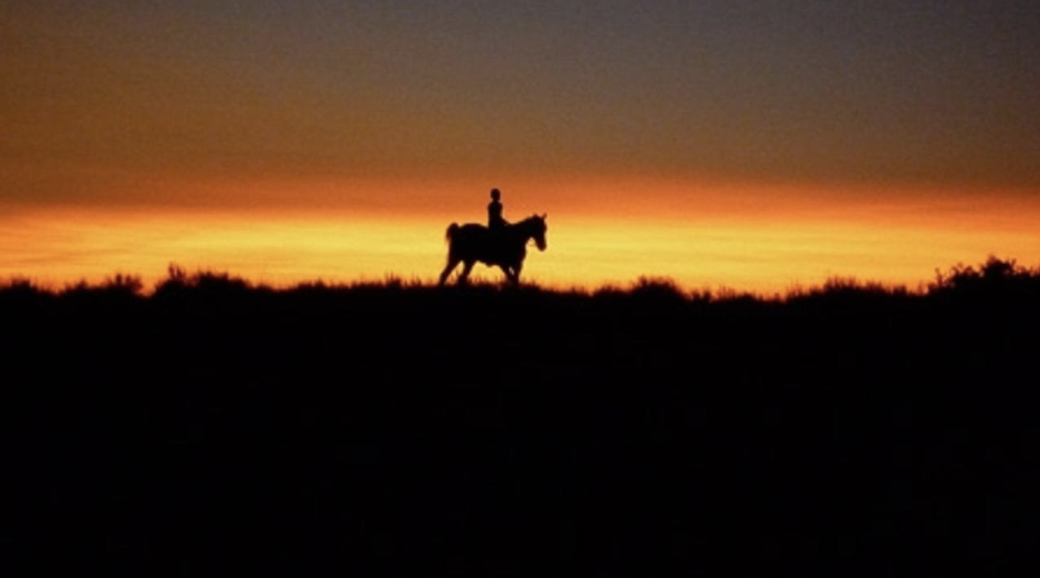I had heard of the 2009 NFB documentary, Reel Injun, many years back, but avoided checking it out since my moviegoing was rather weak when it came to the Western genre. Now with a few more oaters under my viewing belt along with continued cultural dialogue about reconciliation with Indigenous peoples in Canada, I thought it high time to dive into a perspective on North American cinema often overlooked or dismissed.
“We would cheer for the Cowboys, never realizing that WE were the Indians.”
Firing up his beloved “rez car”, director Neil Diamond (no, not that one), sets off on a road trip to Hollywood with the intent of piecing together what it means to be a Native American Indian on screen. The American Indian has been a fixture on the screen, big or small, since the very first “Kinetoscopes” were produced by the Edison company in the 1890s. The “old west” was still very much alive back then, so it’s no surprise that the Western soon became one of the hottest genres on the market and the American Indian was elevated to iconic status.
This cultural iconography did little for the people it portrayed, however. While the more independent silent era allowed some Indigenous people to have a say in how they were portrayed like the 1930 epic, The Silent Enemy, the coming of sound and a more entrenched studio structure soon meant that Indians were soon shunted to the side in favour of the American Cowboy, a role in which stars like John Wayne were king.
For nearly a generation, the American Indian screen image oscillated between noble warrior and brutal savage, depending on the screenplay. Despite their continued screen presence, Indians were lucky if they even managed to get a speaking role in a western, with most of the meatier roles going to white actors like Chuck Connors, Rock Hudson, Burt Lancaster and even Audrey Hepburn!
“Great spirit and humour. That’s what saved us!”
The intersection of the late 60s Indian Movement and 70s New Hollywood shifted how Indians were perceived by a mass audience. Key titles like One Flew Over the Cuckoo’s Nest, Little Big Man, and The Outlaw Josey Wales bring this period into focus with particular emphasis on Chief Dan George’s career defining roles in the latter two. The 1973 Wounded Knee occupation and the resulting Oscar refusal by Marlon Brando via Sasha Littlefeather are also explored in this period. The film concludes with a tip of the hat to the then-emerging independent Indigenous-directed cinema like Smoke Signals and Atanarjuat: The Fast Runner.
The post-production professional in me couldn’t help but notice the opening text that disappears before you can finish reading, along with what appears to be the software default font for the lower thirds. With those technical quibbles out of the way, you’re left with a thought-provoking doc that unearths enough truths for an entire mini-series on the subject. Every interview participant adds either weight or humour to the lesson in equal measure and Diamond tells his story expertly, covering both sequential history and overarching themes with confident dexterity.
“We’re not asking to be noble, righteous or good all the time. We’re asking to be human.”
Reel Injun capably distills over a century of Indigenous screen history into 90 engaging minutes that still resonate even 12 years after its premiere. While a second quality control pass would have served this movie well in the technical department, this hardly detracts from the finished product. Once you’ve had a look, also be sure to check out some titles from the “Indigenous New Wave” that have come out since including Indian Road Trip, Falls Around Her, The Grizzlies and Monkey Beach, all of which I’ve reviewed here.
7.5/10
![]()
![]()
![]()
![]()
![]()
![]()
![]()
![]()
![]()
![]()
Reel Injun can be viewed on nfb.ca, but if you’re in the Vancouver area, rent a copy from RJ down at Video Cat on Cambie st.

